
A natural attractive figure is reported to make birch a very desirable timber for furniture. Wood turning, boring, and mortising qualities are rated as excellent. Birch is reported to polish well without grain filling. It has many common uses such as boxes and crates, veneer, furniture, kitchen cabinets and musical instruments.

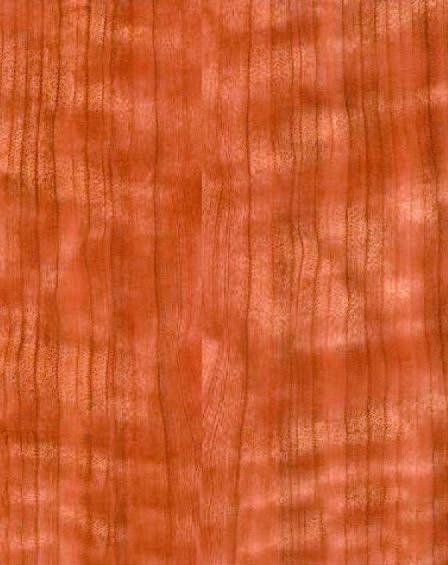
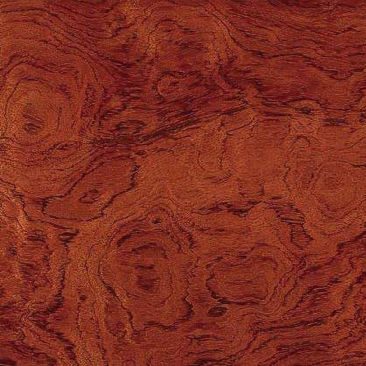
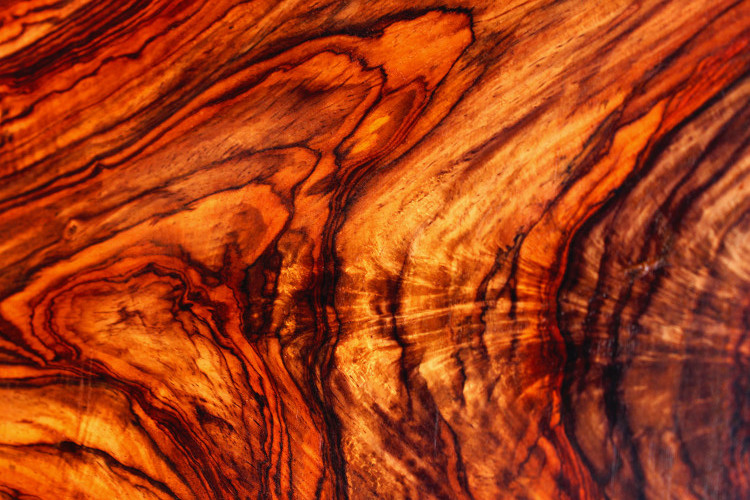
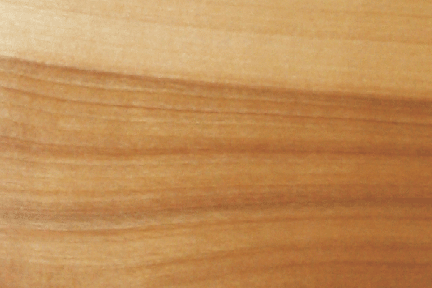
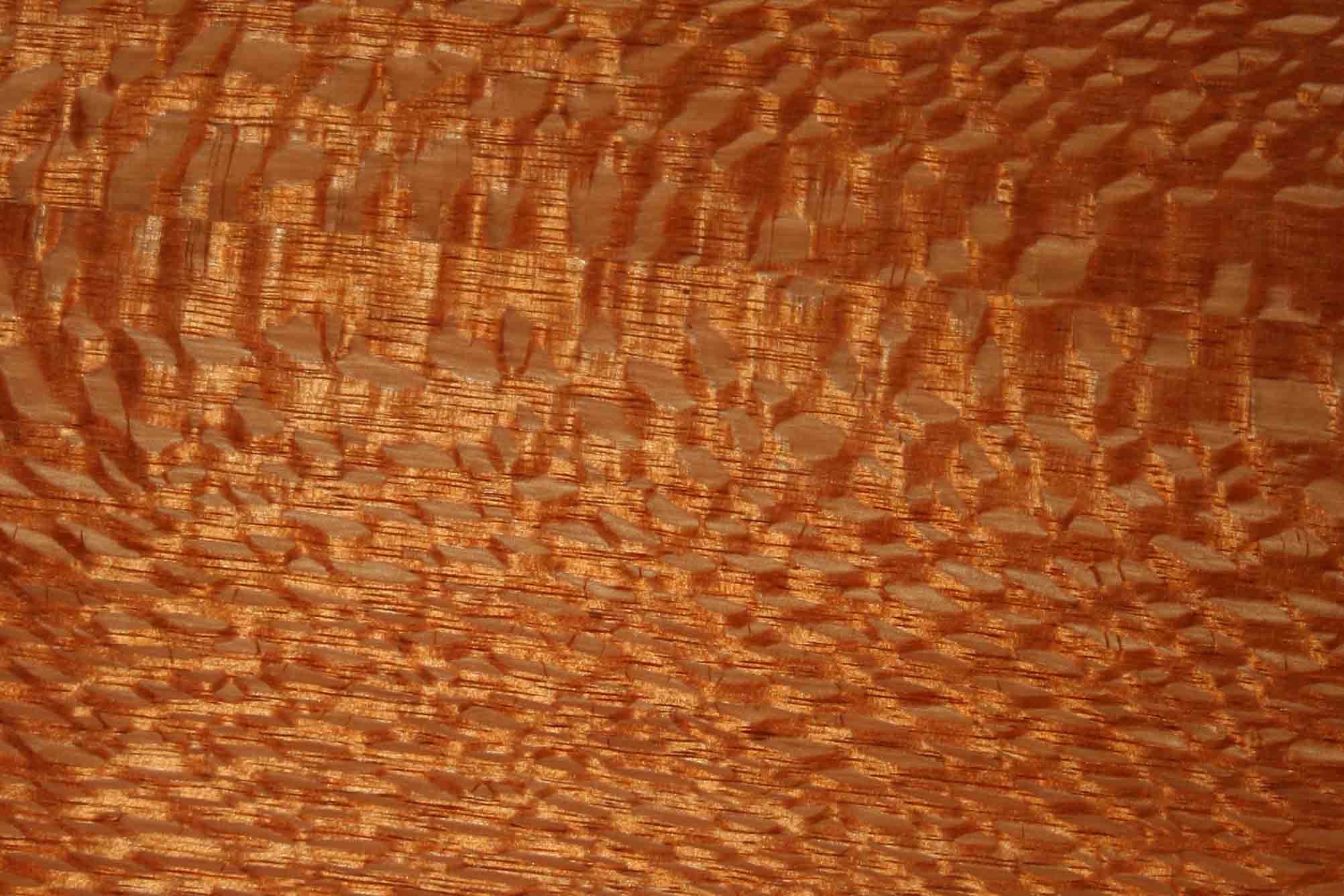



Sawdust from machining operations is reported to cause dermatological and respiratory problems in some individuals. Common uses are boat building, cabinet making, musical instruments, and furniture.

